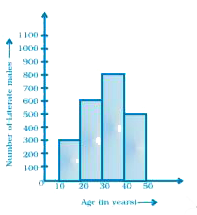For the V-T graph we can say 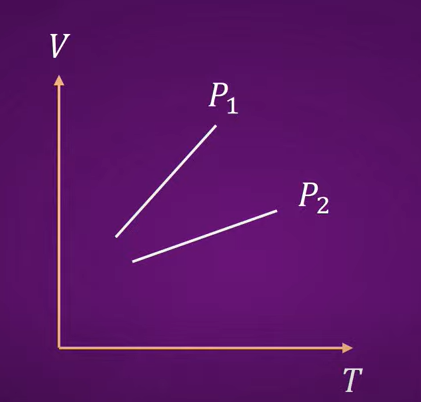
A
P1<P2
B
P1>P2
C
P1=P2
D
No relationship can be obtained
Video Solution
|
Answer
Step by step video & image solution for For the V-T graph we can say by Physics experts to help you in doubts & scoring excellent marks in Class 12 exams.
Updated on:21/07/2023Topper's Solved these Questions
Similar Questions
Knowledge Check
The graph shows the variation of temperature (T) of one kilogram of a material with the heat (H) supplied to it. At O, the substance is in the solid state. From the graph, we can conclude that
 AT2 is the melting point of the solidBBC represent the change of state from solid to liquidC(H2−H1) represent the latest heat of fusion of the subsatanceD(H3−H1) represent the latest heat of vaporization of the liquid
AT2 is the melting point of the solidBBC represent the change of state from solid to liquidC(H2−H1) represent the latest heat of fusion of the subsatanceD(H3−H1) represent the latest heat of vaporization of the liquidFigure (i) and (i) show the displacement-time graphs of two particles moving along the x-axis. We can say that
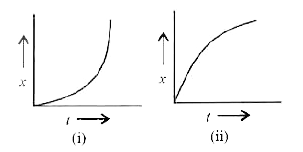 Aboth the particles are having a uniformly retarded motionBboth the particles are having a uniformly acceleraled motionCParticle (1) is having a uniformly accelerated motion while particle (i) is having a uniformly retarded motionDParticle (i) is having a uniformly retarded motion while particle (ii) is having a uniformly accelerated motion
Aboth the particles are having a uniformly retarded motionBboth the particles are having a uniformly acceleraled motionCParticle (1) is having a uniformly accelerated motion while particle (i) is having a uniformly retarded motionDParticle (i) is having a uniformly retarded motion while particle (ii) is having a uniformly accelerated motionFigures (i) and (ii) below show the displacement-time graphs of two particles moving along the x -axis. We can say that
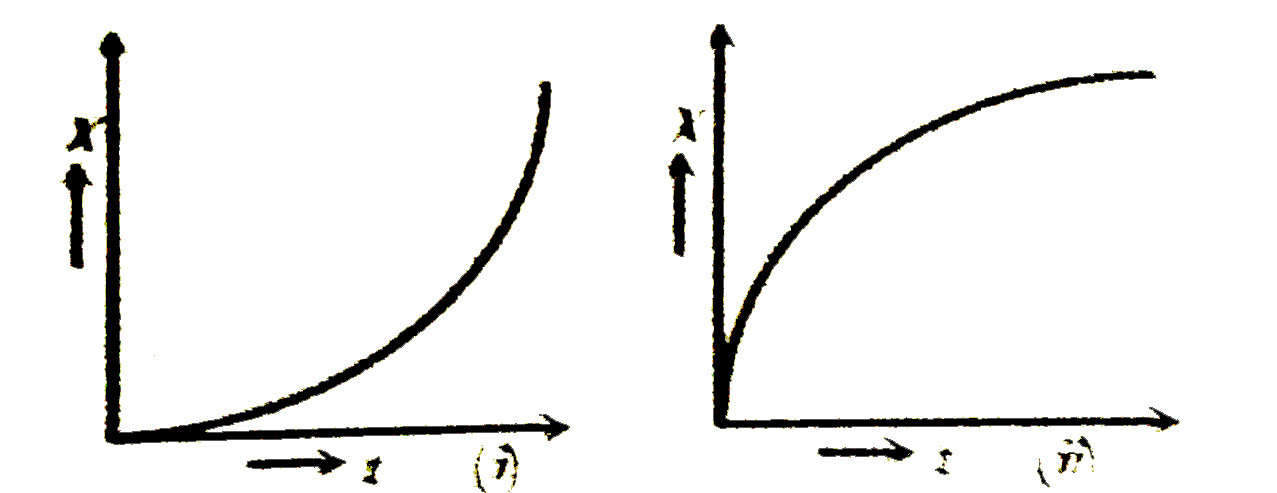 ABoth the particles are having a uniformly accelerated motionBBoth the particles are having a uniformly retarded motionCParticle (i) is having a uniformly accelerated motion while particle (ii) is having a uniformly retarded motionDParticle (i) is having a uniformly retarded motion while particle (ii) is having a uniformly accelerated motion
ABoth the particles are having a uniformly accelerated motionBBoth the particles are having a uniformly retarded motionCParticle (i) is having a uniformly accelerated motion while particle (ii) is having a uniformly retarded motionDParticle (i) is having a uniformly retarded motion while particle (ii) is having a uniformly accelerated motion
In the V-T graph shown in figure match the following.
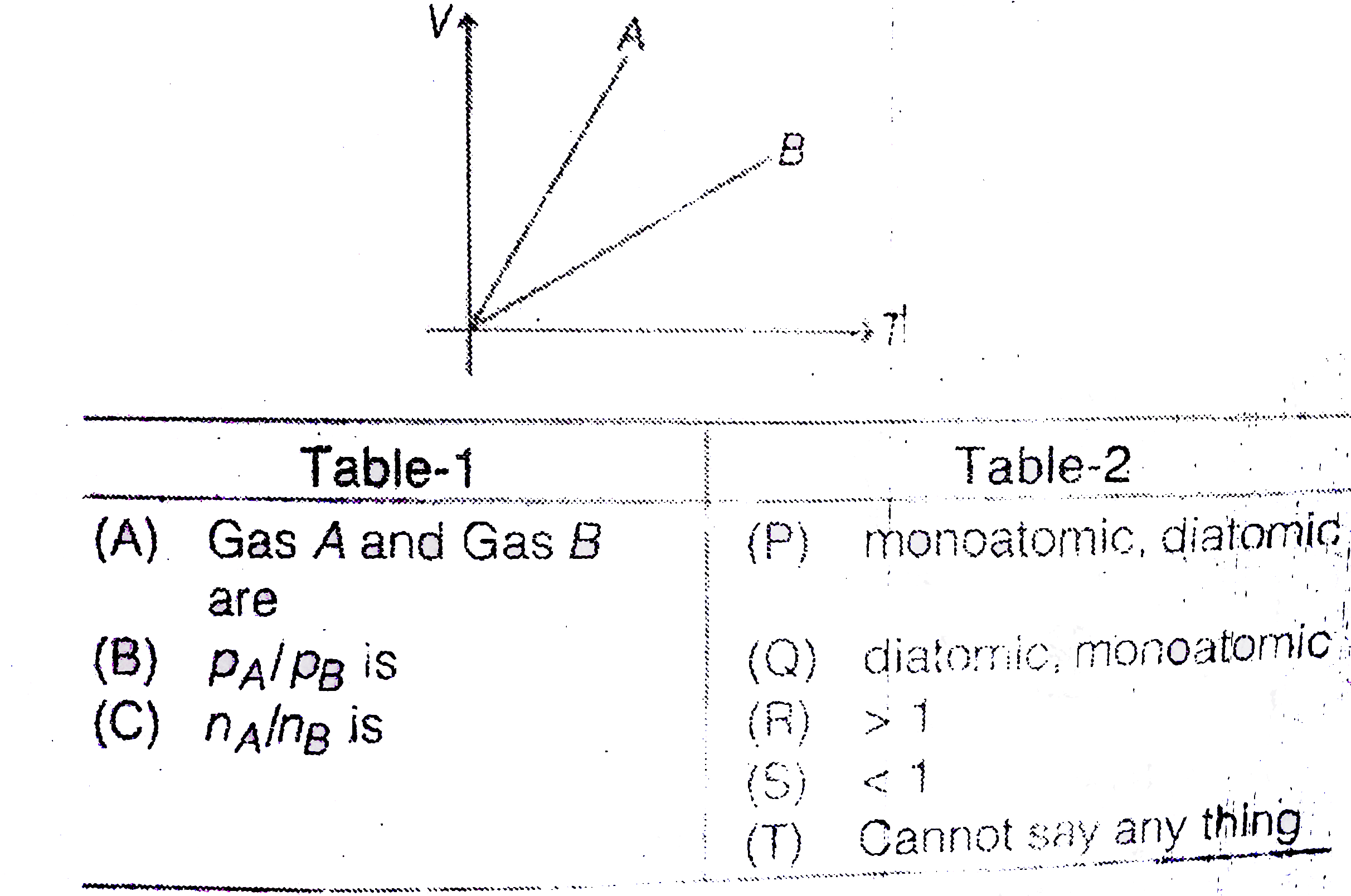
View SolutionA person can see objects clearly from a distance 10cm to infinity.Then we can say that the person is
View SolutionFor the given P-V graph for an ideal gas, chose the correct V-T graph. Process BC is adiabatic.
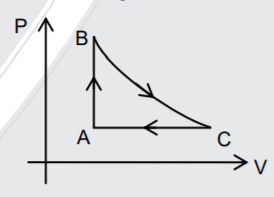
View SolutionFrom Question 29, we can say that
View SolutionFrom the following V−T diagram we can conclude:-
_E01_054_Q01.png)
View Solution

_S01_065_Q01.png)
